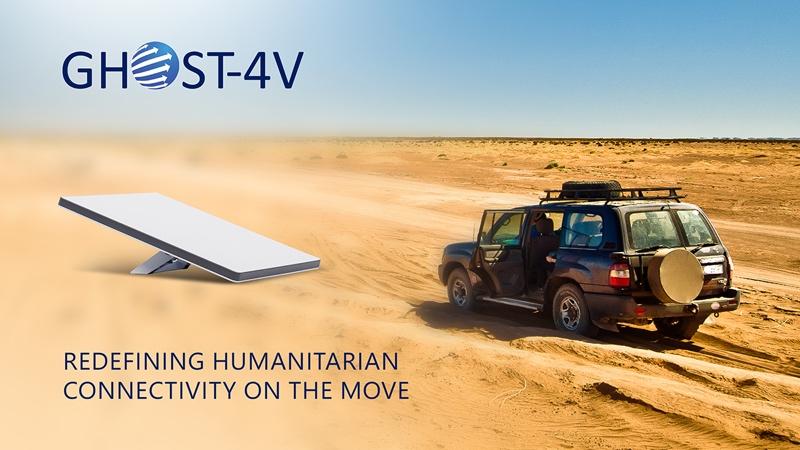
Objectives of the service

HUMANITARIAN CONNECTIVITY ON THE MOVE - REDEFINED
The GHOST-4V redefines the capabilities of humanitarian vehicles by delivering continuous, secure broadband connectivity—an essential asset for relief operations in regions where terrestrial networks are compromised or unavailable.
This breakthrough in connectivity introduces the Humanitarian Connected Vehicle concept, unlocking a range of applications previously unattainable in the field:
-
Real-time video streaming for enhanced staff safety and situational awareness
-
Advanced connected navigation tools to adapt to rapidly changing environments
-
High-precision telematics for superior vehicle performance monitoring
-
Seamless access to legacy onboard applications
-
Full support for BYOD (Bring Your Own Device) policies, ensuring operational flexibility
and much more
ADDRESSING CRITICAL CHALLENGES IN THE FIELD
Humanitarian organizations and relief agencies often encounter significant challenges during their missions: from making urgent calls and accessing up-to-date maps after disasters, to finding optimal routes in unpredictable terrains and ensuring reliable communication among teams. The GHOST-4V addresses these critical needs, enhancing operational efficiency, increasing confidence in GNSS signals, and ultimately, ensuring that relief efforts reach those who need them most—faster and safer than ever before.
Users and their needs
REVOLUTIONISING HUMANITARIAN RELIEF OPERATIONS WITH GHOST-4V
The primary user community for GHOST-4V comprises leading humanitarian organisations, including United Nations agencies such as UNESCO, WFP, and UNHCR, as well as globally recognised NGOs like Save the Children, CARE, and Médecins Sans Frontières (MSF). These organisations play a vital role in humanitarian operations across countries impacted by crises, conflicts, or natural disasters. Their missions often depend on extensive fleets of light and heavy vehicles, essential for transporting staff, delivering critical goods, medication, and other life-saving relief supplies to affected areas.
To ensure the efficiency and safety of these operations, these organisations require:
-
Reliable and secure communication networks providing uninterrupted voice and data services, even in the most remote and infrastructure-compromised regions.
-
Robust navigation systems equipped with dynamic maps and user-generated data that reflect the evolving conditions of crisis-affected areas, ensuring timely and safe route planning.
-
Advanced security features designed to safeguard staff in volatile environments, enhancing situational awareness and rapid emergency response capabilities.
These services and features must be accessible anywhere humanitarian efforts are needed, with pricing structures tailored to the budget constraints of aid organisations. GHOST-4V addresses these critical requirements, empowering humanitarian actors to operate with greater confidence, agility, and security—ultimately saving more lives when every second count.
Service/ system concept
TRANSFORMING HUMANITARIAN MOBILITY
GHOST-4V revolutionises humanitarian vehicle operations by delivering a secure, reliable, and cost-effective broadband communication link. Traditionally, humanitarian missions have relied on fragmented telecommunication methods—ranging from radio, cellular networks, satellite phones, and IoT solutions to occasional broadband satellite connectivity. However, the advent of Low Earth Orbit (LEO) satellite systems has enabled GHOST-4V to consolidate all communication needs into a single, robust connection. Powered by a smart router, this system supports a wide array of essential services, including:
-
Push-to-Talk (PTT) for instant voice communications
-
Internet access for legacy applications
-
Vehicle telematics for operational insights
-
Advanced navigation tools
-
Personal connectivity for staff, ensuring morale and welfare in the field
BEYOND CONNECTIVITY: COMPREHENSIVE SERVICES FOR HUMANITARIAN SUCCESS
Building on this resilient communication backbone, GHOST-4V introduces a suite of cutting-edge services tailored to the needs of humanitarian organisations:
-
Robust GNSS Positioning: Leveraging multi-frequency, multi-constellation systems, including Galileo OSNMA, GHOST-4V ensures ultra-accurate navigation. Integrated with the CAN-BUS vehicle link, it maintains live positioning—even in areas where GNSS signals are jammed or spoofed—ensuring operational continuity and safety.
-
Live Dashcam Streaming for Incident Response: In high-risk environments, rapid situational awareness is crucial. GHOST-4V features a dashcam with live streaming capabilities, activated during accidents or security incidents. This real-time video feed supports rapid emergency response and enhances staff protection.
-
Next-Generation Navigation Tools: Designed specifically for humanitarian needs, GHOST-4V offers enhanced navigation features, including:
-
Crowdsourced data on blocked routes and hazardous areas
-
Real-time messaging between vehicles for status updates and coordination
-
Dynamic, centralised map updates tailored by mission control for precise navigation in fluid environments
-
Space Added Value
HARNESSING SPACE ASSETS FOR SEAMLESS HUMANITARIAN OPERATIONS
The GHOST-4V solution integrates three essential space-based assets, ensuring robust, secure, and efficient support for humanitarian missions in the most challenging environments:
-
Satellite Telecommunications:
At the core of GHOST-4V is a reliable and cost-effective satellite communication system. Leveraging the latest Low Earth Orbit (LEO) constellations, it delivers high-speed, low-latency connectivity, unlocking new applications and operational use cases previously unattainable. The integration of easy-to-install flat-panel antennas further enhances mobility, providing a practical and seamless communication solution for vehicles operating in dynamic field conditions.
-
Robust GNSS with Spoofing Detection:
In crisis zones where GNSS signals are susceptible to jamming and spoofing attacks, GHOST-4V ensures uninterrupted and accurate navigation. By utilising multi-frequency, multi-constellation GNSS systems with spoofing detection capabilities, the solution guarantees resilient positioning data, critical for route planning, fleet coordination, and staff safety during relief operations.
-
Earth Observation (EO) for Dynamic Mapping:
GHOST-4V enhances situational awareness and navigation accuracy through Earth Observation (EO) data, providing rapidly updated maps tailored to evolving conditions in disaster-struck areas. This capability ensures safer and more efficient transportation, enabling humanitarian teams to avoid hazardous zones, identify optimal routes, and respond swiftly to emerging challenges.
Current Status
The kick start activity has allowed to refine the user requirements and better assess their needs after interviewing many stakeholders. This has led to change slightly the definition of the product and service although only testing in real operations conditions will allow to validate these changes.



